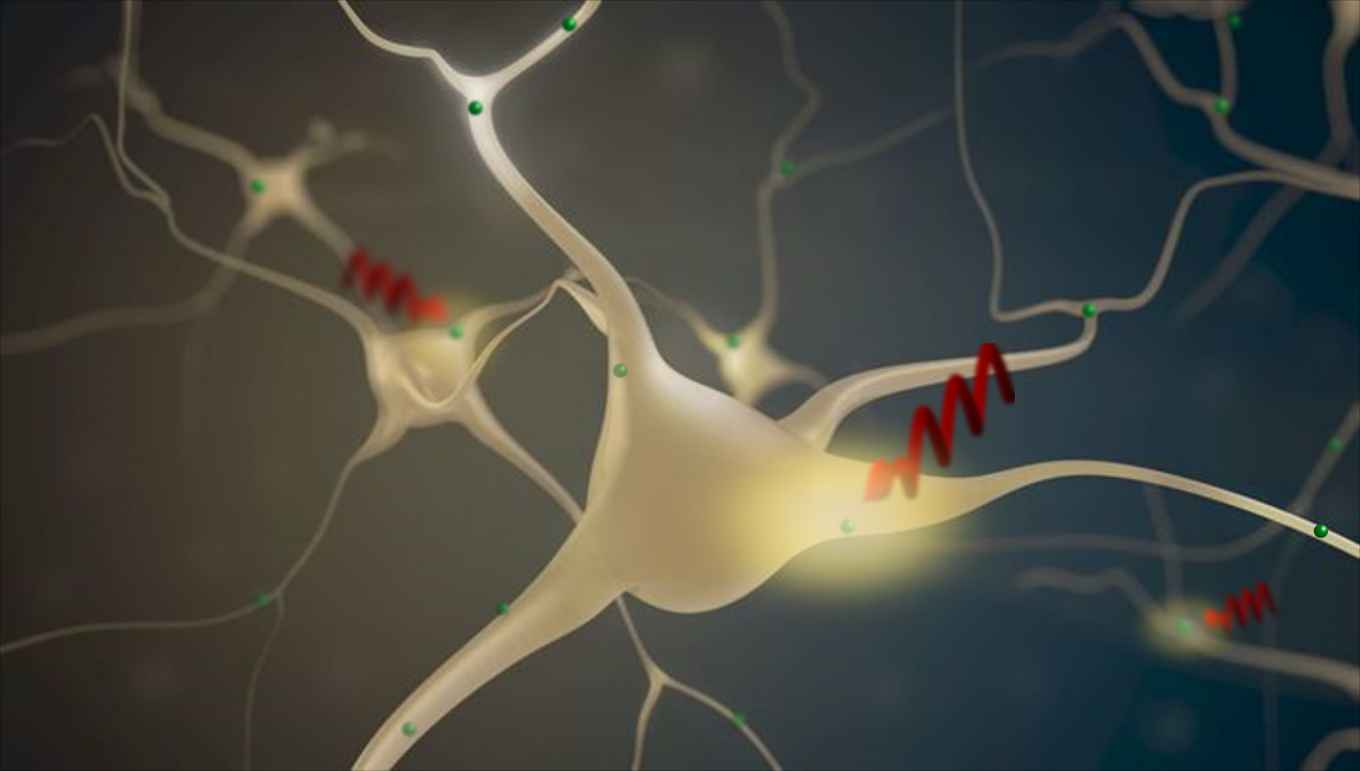Zapping neurons to life with infrared light
5 December 2018

Recently, scientists have discovered that neuronal impulses can be generated using near-infrared laser light focused at gold nanoparticles that are precisely tethered to brain cells. A novel and efficient technique to achieve this has now been developed by physicist Wieteke de Boer, who got her PhD in Experimental Physics in the group of prof. Tom Gregorkiewicz at the UvA-Institute of Physics, and biologist Jan Hirtz, currently working at the University of Kaiserslautern. De Boer and Hirtz, who share the first authorship of the new paper, collaborated with their colleagues from Amsterdam and at the NeuroTechnology Center at Columbia University in New York.
Non-toxic alternative
The fact that laser light can activate the neurons is ascribed to the generation of heat when the gold nanoparticles attached to the neuronal membrane are optically excited. This theory is supported by simulations performed by UvA-IoP physicist Antonio Capretti, who came up with the idea that the effect is likely due to a specific nonlinear optical absorption effect in the gold particles and developed the theoretical analysis to support this model.
The new approach could provide a non-toxic, non-genetic alternative to commonly used optical, biological methods for activating brain cells. The use of low energy, near-infrared light minimizes the photodamage of the brain tissue while enabling penetration depths of several hundreds of micrometers up to millimeters. The researchers tested their methods in live mice and live mouse brain tissue, and also used it to induce movement in a tiny freshwater animal called Hydra Vulgaris. The approach shows great promise for application in other biological systems and for future treatments of neurological and mental disorders.
Reference
Neuronal photoactivation through second-harmonic near-infrared absorption by gold nanoparticles, W.D.A.M. de Boer, J.J. Hirtz, A. Capretti, T. Gregorkiewicz, M. Izquierdo-Serra, S. Han, C. Dupre, Y. Shymkiv, and R. Yuste, Light: Science & Applications.